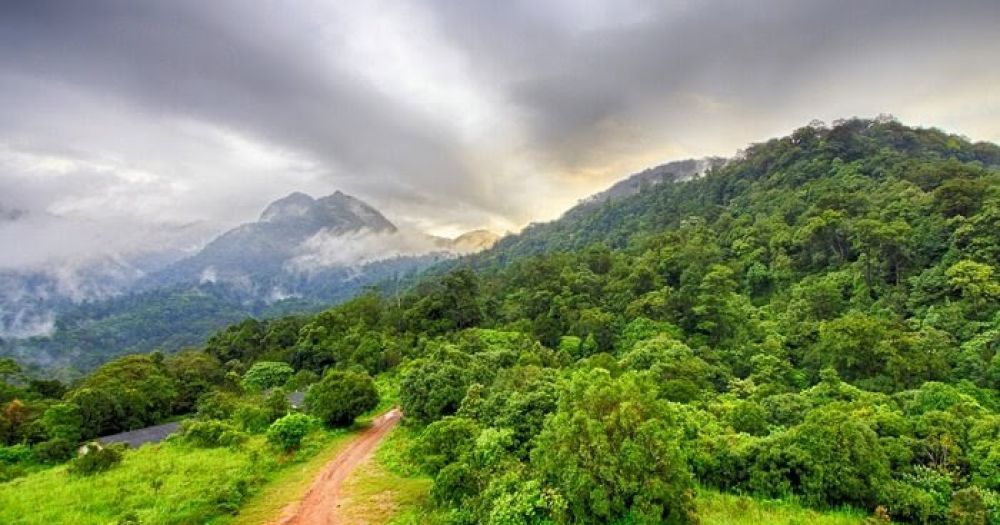

Silent Valley National Park, located in the northeast of Palakkad district in Kerala, India, is an untouched reservoir of tropical flora and fauna. Its history dates back to the British colonial times, but the area was officially declared as a national park only in 1984 following a series of environmental movements to protect this ecological treasure from commercial deforestation.
In the late 1970s, the area came into the spotlight with the proposed hydroelectric project which threatened the unique ecosystem. The environmental movement that was initiated to prevent the hydroelectric project, known as the "Save Silent Valley Movement," stands as a significant event in Indian environmental activism. Through widespread support and campaigns by conservationists, scientists, writers, and local people, the government was compelled to abandon the project, and the area was designated as a national park in 1983.
Following its declaration as a national park, Silent Valley has been carefully managed to preserve its biodiversity while developing tourism sustainably. The Kerala Forest Department has been instrumental in ensuring that tourist activities in the park are conducted with minimal environmental impact. Since then, the park has emerged as a prominent location for ecotourism in Kerala, inviting nature enthusiasts from around the world to experience the serene beauty of the last remaining tract of South Western Ghats montane rain forests and tropical moist evergreen forest.
Ecotourism has been the central theme of tourism in Silent Valley National Park. Visitors are allowed to explore specific areas allocated for tourism, ensuring that most of the park remains undisturbed by human activity. The park offers guided treks, bird watching tours, and the opportunity to learn about diverse wildlife species and the conservation efforts to preserve this unique ecosystem.
In recent times, Silent Valley National Park has experienced changes in tourist patterns and interests. Adventure tourism, such as trekking to Kunthi River and the watchtower at Sairandhri, has gained popularity. Meanwhile, a growing number of visitors are interested in experiencing biodiversity through the lens of a camera, making wildlife photography an emerging trend in the park. Additionally, the visitor experience has been enhanced by the development of eco-friendly accommodations and facilities around the park.
The park authorities continue to work towards a balance between tourism growth and conservation. Plans are in place to introduce new initiatives that facilitate deeper understanding of the environment while ensuring sustainable tourism practices. Education and awareness programs are also becoming an integral part of the tourism experience at Silent Valley National Park.
Tourism at Silent Valley National Park has come a long way, from being an undiscovered gem in the Western Ghats to becoming a standard bearer for responsible and sustainable ecotourism in India. Its history is a testament to the notion that with collective will and effort, natural wonders like Silent Valley can be preserved for generations to come.